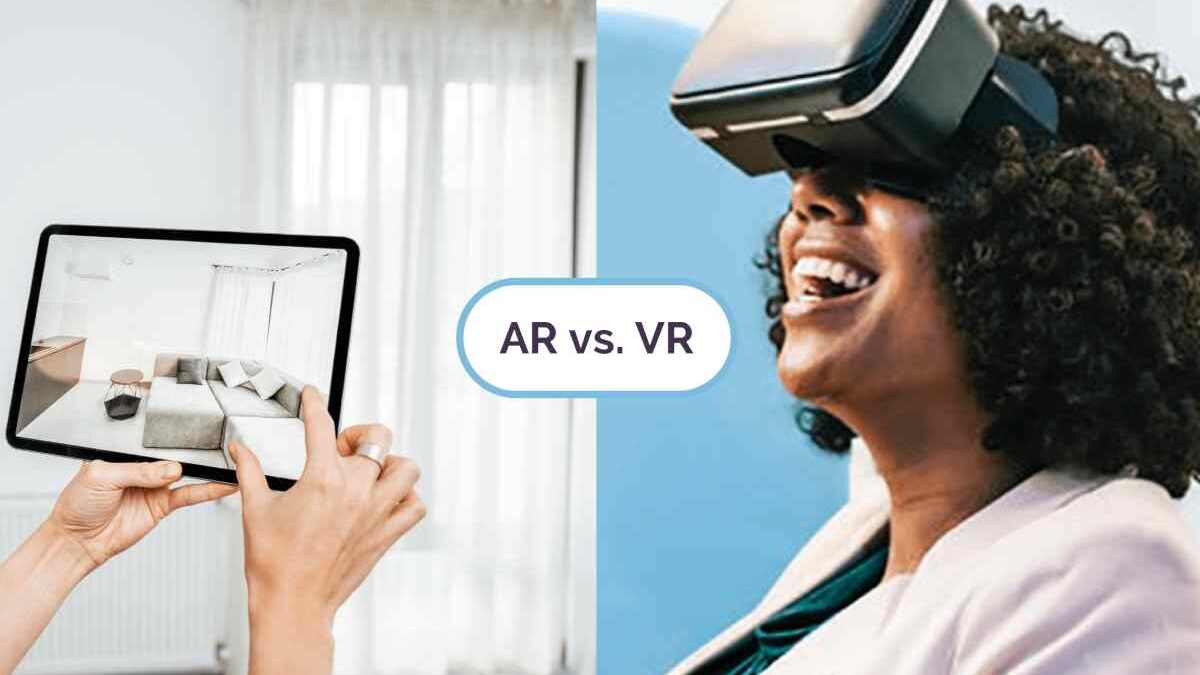Virtual reality is well-defined as a computer-generated simulation of a 3D (Three-dimensional) environment that a person can interact with, real or physical, with the help of various technical equipment such as screens, glasses, or headsets. The reason for developing virtual reality is to provide users with an advanced digital environment that can simulate their sensory experiences, such as sight, touch, and sound. Virtual reality has various uses. Some of the components of a virtual reality system make the reality of a 3D environment that will interact with humans: A variety of software, VR headsets, a gaming console, a computer, motion tracking, and more.
What are the Advantages of Virtual Reality?
As a result, we understand what virtual reality is. Let us look at some of its advantages in different fields:
- One of the most significant advantages of we are is in healthcare. It helps provide medical training, surgical processes, and other therapeutic interventions. It helps medical professionals to practice their work and optimize patient care through innovative treatments.
- VR will help people to explore various places, especially historical sites, from the comfort of their homes. Many applications create a fantastic reality for tourism.
- It has various advantages in designing and manufacturing different products since it helps create virtual prototypes, reducing the cost and time associated with physical prototyping. It also facilitates a collaborative design process.
Conclusion
VR is used for various purposes, including gaming, education, training simulations, healthcare, architectural visualization, and more. It aims to provide people with a sense of existence, where they feel as if they are physically present in the virtual environment, even though they are physically located elsewhere. As technology advances, VR experiences become more realistic and accessible to a broader audience. While VR has various benefits, it’s essential to acknowledge challenges such as the cost of high-quality software and hardware, potential motion sickness. And the need for sustained technological advancements to address all these problems.

